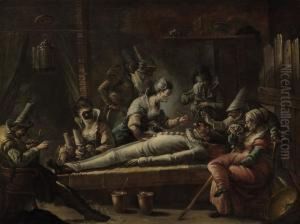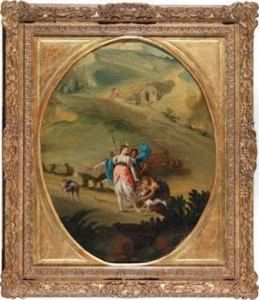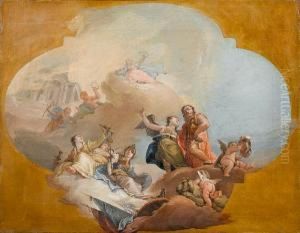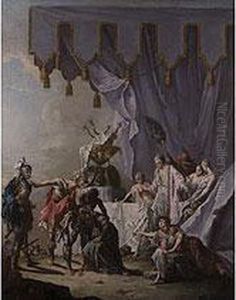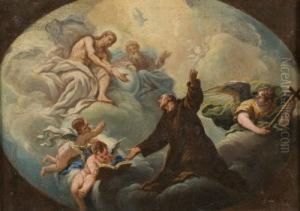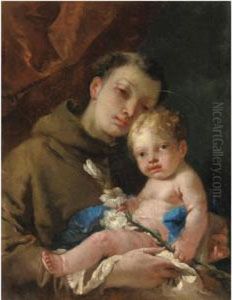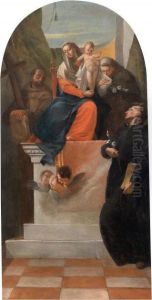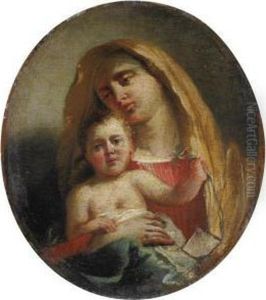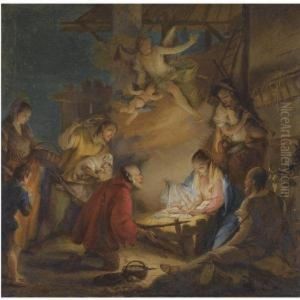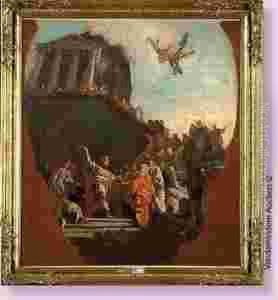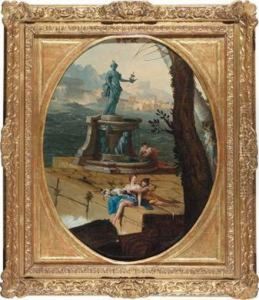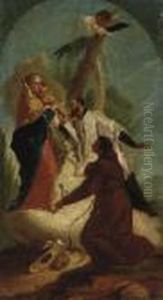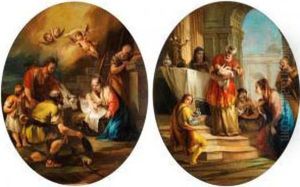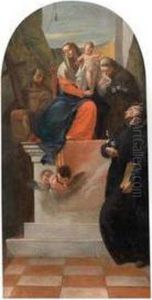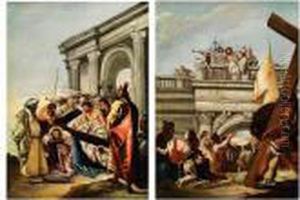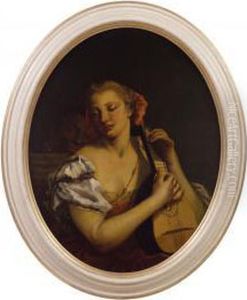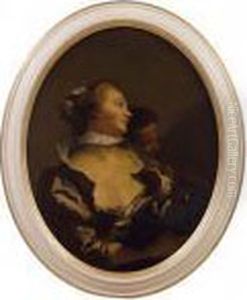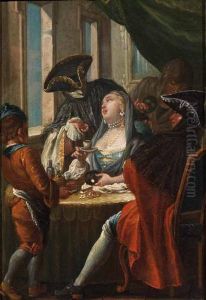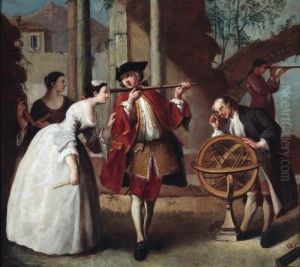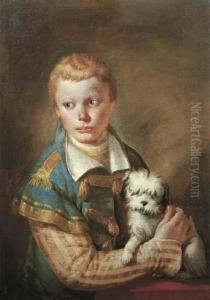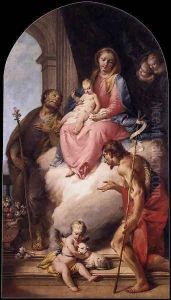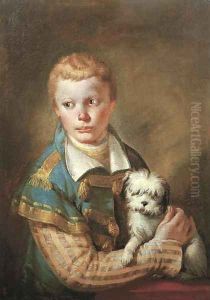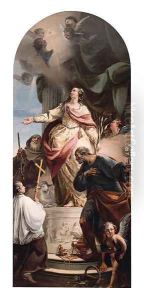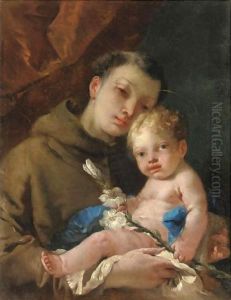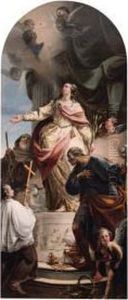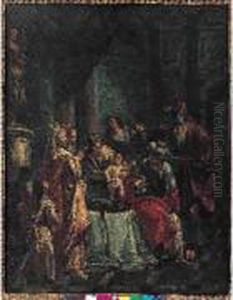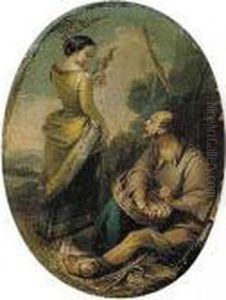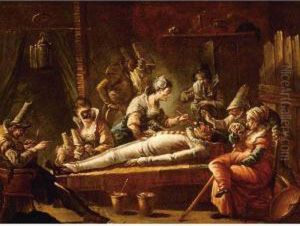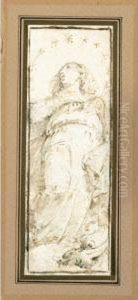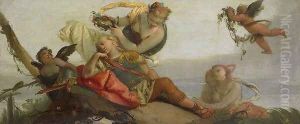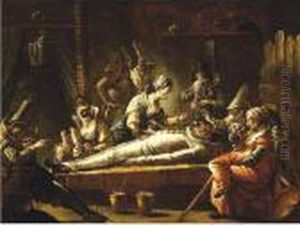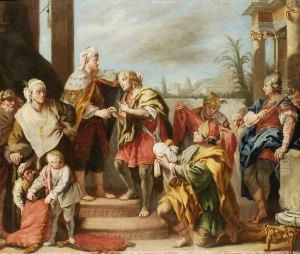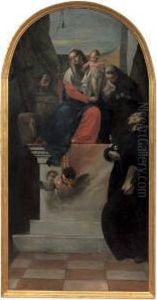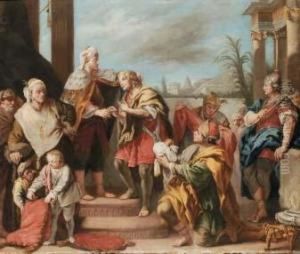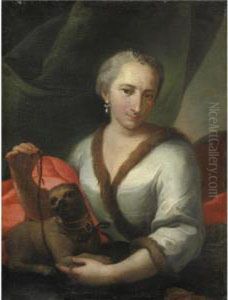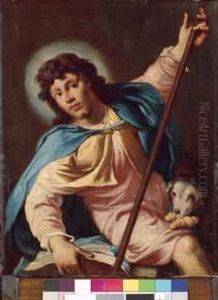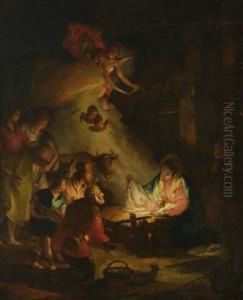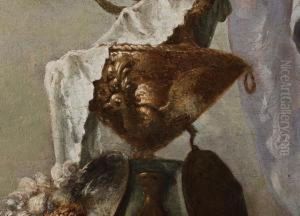Francesco Zugno Paintings
Francesco Zugno was an Italian painter of the Rococo period, born in 1709 in Venice, Italy. He was a student and a close follower of the renowned Venetian painter Giovanni Battista Tiepolo. Zugno's style was heavily influenced by Tiepolo's vibrant color palette and dynamic compositions, which is evident in many of his works.
Zugno's early training began under his father, the painter Valerio Zugno, and he later joined the workshop of Tiepolo around 1725. Working with Tiepolo, Zugno contributed to various fresco projects, which helped him develop his skills in large-scale compositions and refine his technique in fresco painting. He was particularly known for his work as a frescante, a specialist in frescoes, and his ability to adapt his style to align with Tiepolo's aesthetic.
Throughout his career, Zugno was commissioned to decorate numerous churches and palaces in Venice and its surrounding regions. Some of his significant works include frescoes for the Villa Contarini in Piazzola sul Brenta and the Villa Cornaro in Piombino Dese. He also worked on the decoration of the Church of San Stae in Venice and the Palazzo Labia, where he collaborated with Tiepolo.
Despite his association with Tiepolo, Francesco Zugno managed to develop his own distinct style, characterized by a lighter touch and a preference for more intimate and delicate subjects compared to the grand and dramatic scenes favored by his mentor. His body of work includes religious themes, allegorical scenes, and mythological subjects, executed in both frescoes and oil paintings.
After Tiepolo's departure from Venice to Spain in 1762, Zugno's career continued to flourish. He received more independent commissions and gained recognition for his contribution to the Venetian artistic scene. However, his work was eventually overshadowed by the shifting tastes of the time, as the Rococo style gave way to Neoclassicism.
Francesco Zugno passed away in 1787, leaving behind a legacy as a proficient and accomplished painter of the Rococo era, whose works are still admired for their elegance and artistic merit. Despite not achieving the same level of fame as Tiepolo, Zugno's contribution to the arts during his time remains significant, and his paintings can be found in various collections and museums across Italy and beyond.
